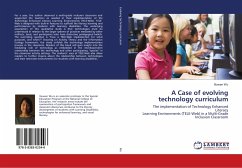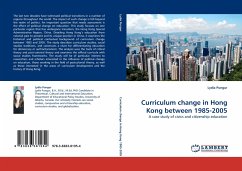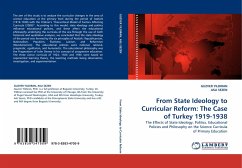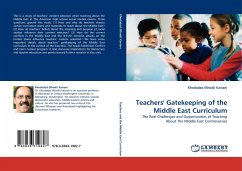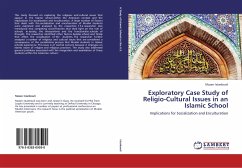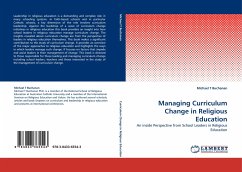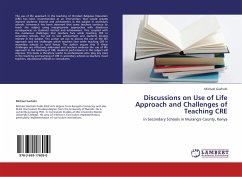For a year, the author observed a multi-grade inclusion classroom and supported the teachers as needed in their implementation of the Technology Enhanced Literacy Learning Environments (TELE-Web). TELE-Web is designed with built-in features to scaffold the literacy learning and performances by students with learning disabilities. The underlying assumption of this qualitative study is that technologies must be understood in relation to the larger systems of practices mediated by other artifacts, tools, and participants who have distinctive pedagogical beliefs. The overriding question is "how is TELE-Web implemented, for what purposes, and when?" Drawing on Activity Theory and the Information Ecology framework, the study unfolds the technology implementation process in the classroom. Readers of this book will gain insight into the mediating role of technology as embedded in the interdependent relationship between the technology and other participating "species" in the classroom activity settings. The students' uses of TELE-Web also allow readers to further inquire about the relationship between technologies and least restrictive environments for students with learning disabilities.
Bitte wählen Sie Ihr Anliegen aus.
Rechnungen
Retourenschein anfordern
Bestellstatus
Storno

